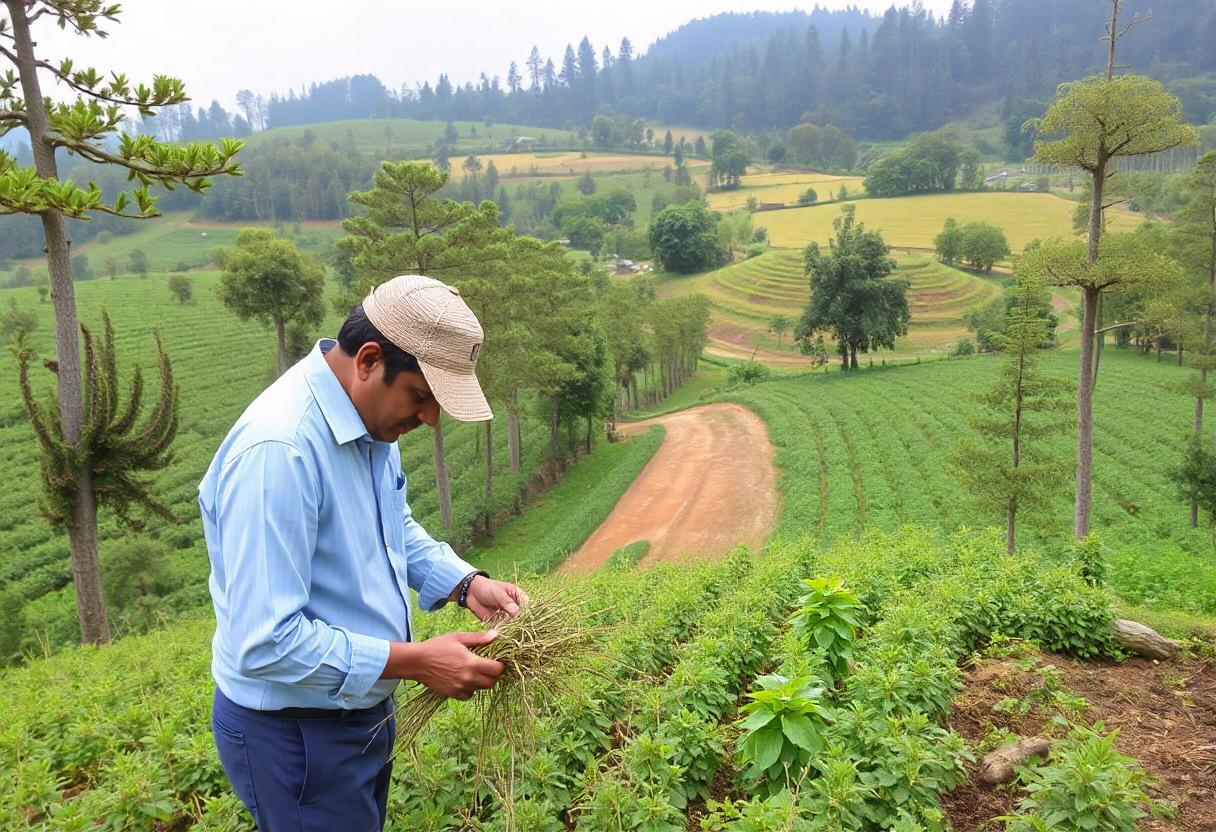
Agriculture and forestry are two interconnected sectors that play a vital role in managing natural resources, supporting economies, and maintaining ecological balance. Both sectors contribute significantly to food production, environmental sustainability, and rural livelihoods.
Agriculture
Agriculture involves the cultivation of crops and the raising of livestock for food, fiber, and other products. This sector encompasses a wide range of activities, including soil preparation, planting, harvesting, and animal husbandry. Key components of agriculture include:
- Crop Production: The cultivation of crops such as grains, vegetables, fruits, and legumes. Advances in crop breeding, pest management, and soil health have improved yields and sustainability.
- Livestock Farming: The raising of animals for meat, dairy, wool, and other products. This includes beef cattle, dairy cows, poultry, sheep, and pigs. Sustainable practices in animal husbandry focus on animal welfare, feed efficiency, and reducing environmental impacts.
- Agri-Tech Innovations: Technological advancements, such as precision agriculture, automated machinery, and data analytics, enhance productivity and efficiency in farming. These innovations help farmers optimize resources and manage crops more effectively.
Forestry
Forestry involves the management and conservation of forests and woodlands for various purposes, including timber production, recreation, and ecosystem services. The key aspects of forestry include:
- Timber Harvesting: The sustainable extraction of wood for construction, paper products, and other uses. Managed harvesting practices ensure that forests remain healthy and productive over time.
- Forest Management: Activities aimed at maintaining forest health and biodiversity, including reforestation, thinning, and pest management. Effective forest management helps prevent deforestation and promotes ecosystem resilience.
- Ecosystem Services: Forests provide critical ecosystem services such as carbon sequestration, water regulation, and habitat for wildlife. Protecting these services is essential for maintaining environmental balance and addressing climate change.
Intersection of Agriculture and Forestry
Agriculture and forestry are interrelated, with overlapping concerns and opportunities for collaboration:
- Agroforestry: This practice integrates trees and shrubs into agricultural landscapes to enhance productivity, biodiversity, and soil health. Agroforestry systems can provide shade, windbreaks, and additional income sources for farmers.
- Land Use Planning: Effective land use planning considers both agricultural and forestry needs to balance resource use, protect natural habitats, and support sustainable development. Integrated approaches help optimize land management and mitigate conflicts between competing uses.
- Climate Change Mitigation: Both sectors contribute to climate change mitigation efforts. Agriculture can adopt practices that reduce greenhouse gas emissions, while forestry plays a key role in carbon sequestration and offsetting emissions.
Challenges and Opportunities
Both agriculture and forestry face several challenges, including:
- Climate Change: Changes in temperature and precipitation patterns affect crop yields, forest health, and water availability. Adaptation strategies are essential for managing these impacts.
- Sustainability: Ensuring that agricultural and forestry practices are sustainable is crucial for long-term resource availability and environmental health. This includes adopting best practices, reducing waste, and promoting conservation efforts.
- Economic Pressures: Fluctuations in market prices, trade policies, and land use pressures can impact both sectors. Diversification and innovation offer opportunities to address these challenges and enhance resilience.
The integration of agriculture and forestry practices helps ensure the sustainable management of natural resources, supports economic development, and contributes to environmental stewardship. As these sectors continue to evolve, collaborative approaches and innovative solutions will play a key role in addressing current and future challenges.